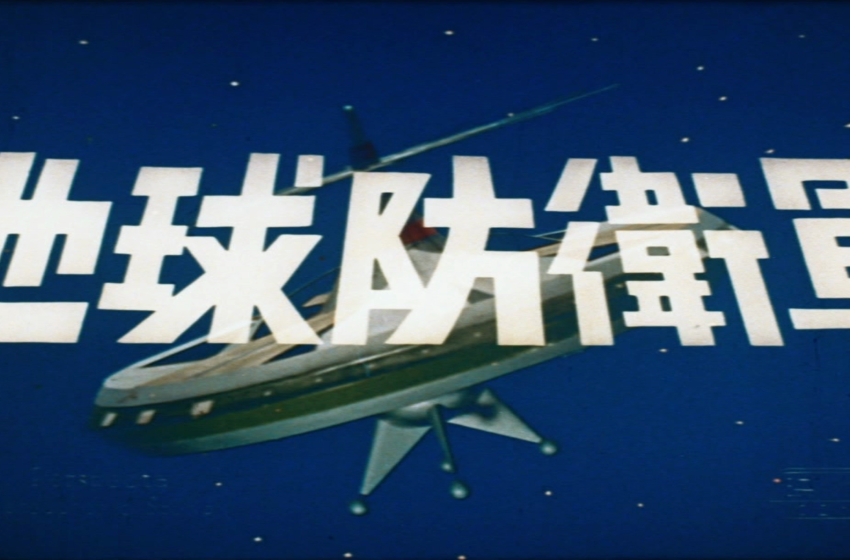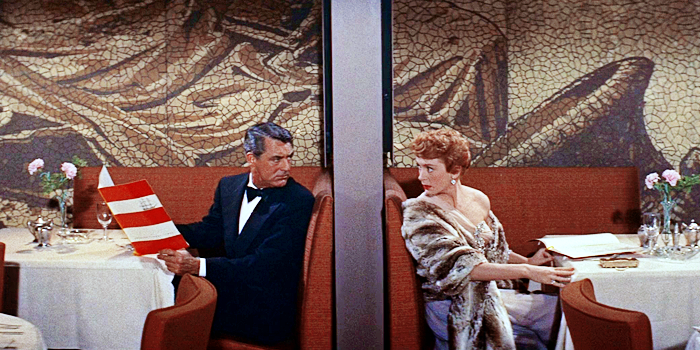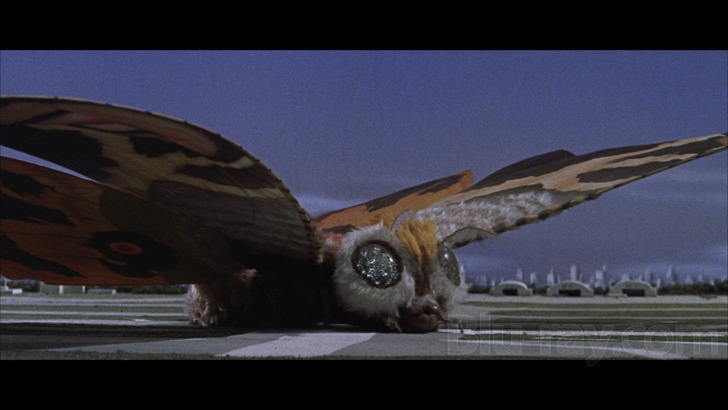
The Mysterians (1957) – Film Review

“The Mysterians,” a 1957 Japanese science fiction film directed by Ishirō Honda, is a technicolor spectacle that seems to straddle the line between earnest post-war commentary and a child’s over-imaginative playtime with action figures. In an era burgeoning with cinematic explorations of nuclear anxiety and extraterrestrial enigmas, “The Mysterians” attempts to carve its niche. It does so with the finesse of a sledgehammer, swinging wildly between serious themes and B-movie sci-fi tropes.
Plot: A Collision of Ideals and Aliens
The film’s narrative is a tapestry interwoven with threads of Japanese post-war anxieties and science fiction’s typical alien invasion plot. The Mysterians, extraterrestrial beings from a destroyed planet, arrive on Earth, seeking refuge and a few other questionable demands, including the right to marry human women. It’s a premise ripe with potential, but the execution feels as clunky as the robots featured in the film.
Cinematic Style: Colorful but Clunky
Honda, renowned for his work on “Godzilla,” brings a similar sensibility to “The Mysterians.” The film is replete with vibrant colors that pop off the screen – a kaleidoscopic vision that’s both delightful and slightly disorienting. The special effects, particularly the design of the Mysterians’ dome and their robotic weapon Moguera, are noteworthy, exuding a charm that is both futuristic and quaintly dated. It’s like watching a 1950s vision of the future, complete with all the naiveté and optimism of the era.
Behind the Scenes: The Makings of a Sci-Fi Opera
The production of “The Mysterians” was a considerable undertaking for Toho Studios. Not only was it their most expensive film to date, but it also required the construction of elaborate sets and innovative special effects. The creation of the Moguera, for instance, was a task that combined creativity with technical expertise, resulting in a memorable albeit slightly awkward mechanized behemoth.
The film employed widescreen cinematography, a relatively new technology at the time, which added to the grandiose feel of the alien landscapes and battle scenes. However, the use of this technology sometimes led to disjointed visual storytelling, with important action often happening awkwardly off-center.
Acting and Characterization: Wooden Performances on a Cosmic Stage
The performances in “The Mysterians” range from earnestly over-the-top to woodenly stoic. The characters are archetypical at best, lacking depth or significant development. They serve more as vehicles to propel the plot and showcase the special effects rather than as fleshed-out individuals. The Mysterians themselves, with their bizarre helmets and stoic demeanors, are intriguing but ultimately fall flat, lacking the menacing presence one would expect from alien invaders.
Themes: Heavy-handed but Timely
“The Mysterians” doesn’t shy away from heavy-handed themes. The movie touches on the trauma of nuclear war, fears of technological advancement, and the ethical implications of scientific discovery. It’s a film that wants to say something profound about humanity and its place in the cosmos, but these themes are often lost in the cacophony of color and spectacle.
Cultural Impact and Legacy
In retrospect, “The Mysterians” stands as an important piece in the canon of Japanese science fiction cinema. It paved the way for numerous other kaiju and sci-fi films, influencing the aesthetic and thematic direction of the genre. The film’s legacy lies in its visual style and ambitious, albeit flawed, storytelling.
Final Reflections
In essence, “The Mysterians” is a film that captures the imagination and the paranoia of its time. It’s a cinematic experience that oscillates between being a profound post-war statement and a Saturday morning cartoon. The movie, for all its flaws, remains an enjoyable watch, a window into an era where cinema was grappling with the new realities of the atomic age and the endless possibilities of the space age. It’s a technicolor testament to an era of innocence and fear, a blend that only the genre of science fiction could deliver with such peculiar panache.




